Project
3D Printing - Additive Manufacturing
-
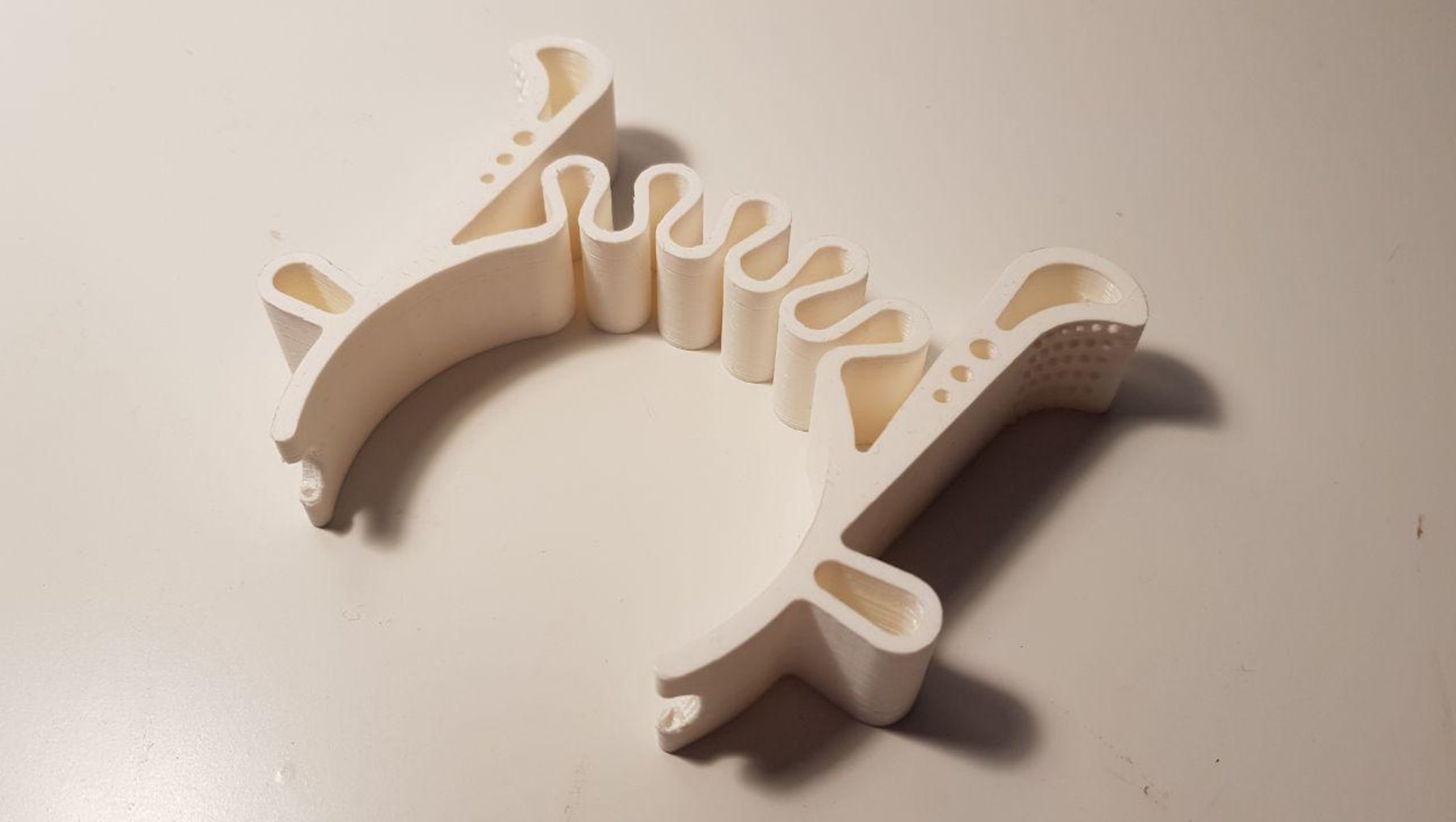
Sang Won Hong - Hold My Beer! – 3D-Printed Cup Holder © Sang_Won_Hong -
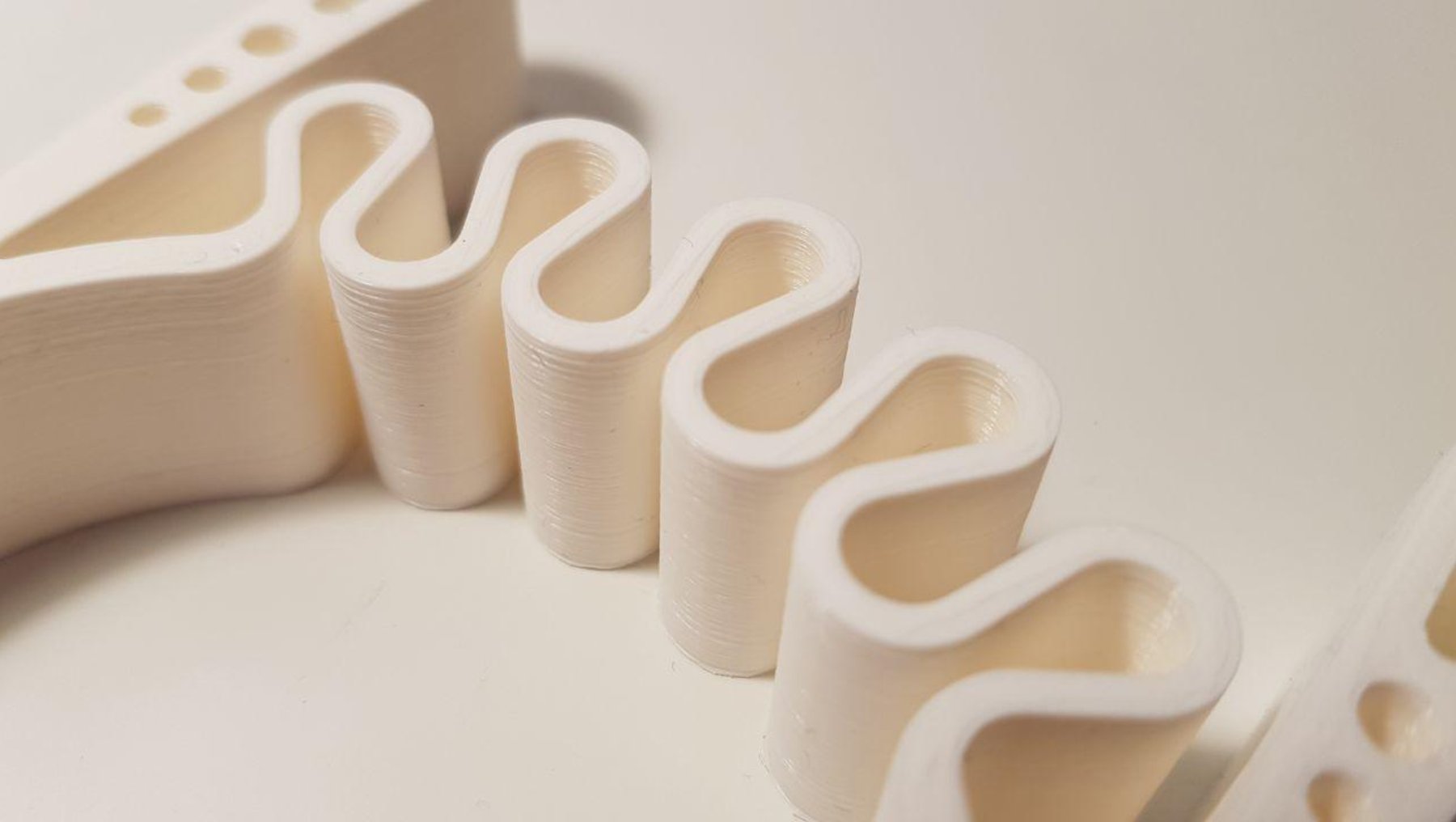
Sang Won Hong - Hold My Beer! – 3D-Printed Cup Holder © Sang_Won_Hong -
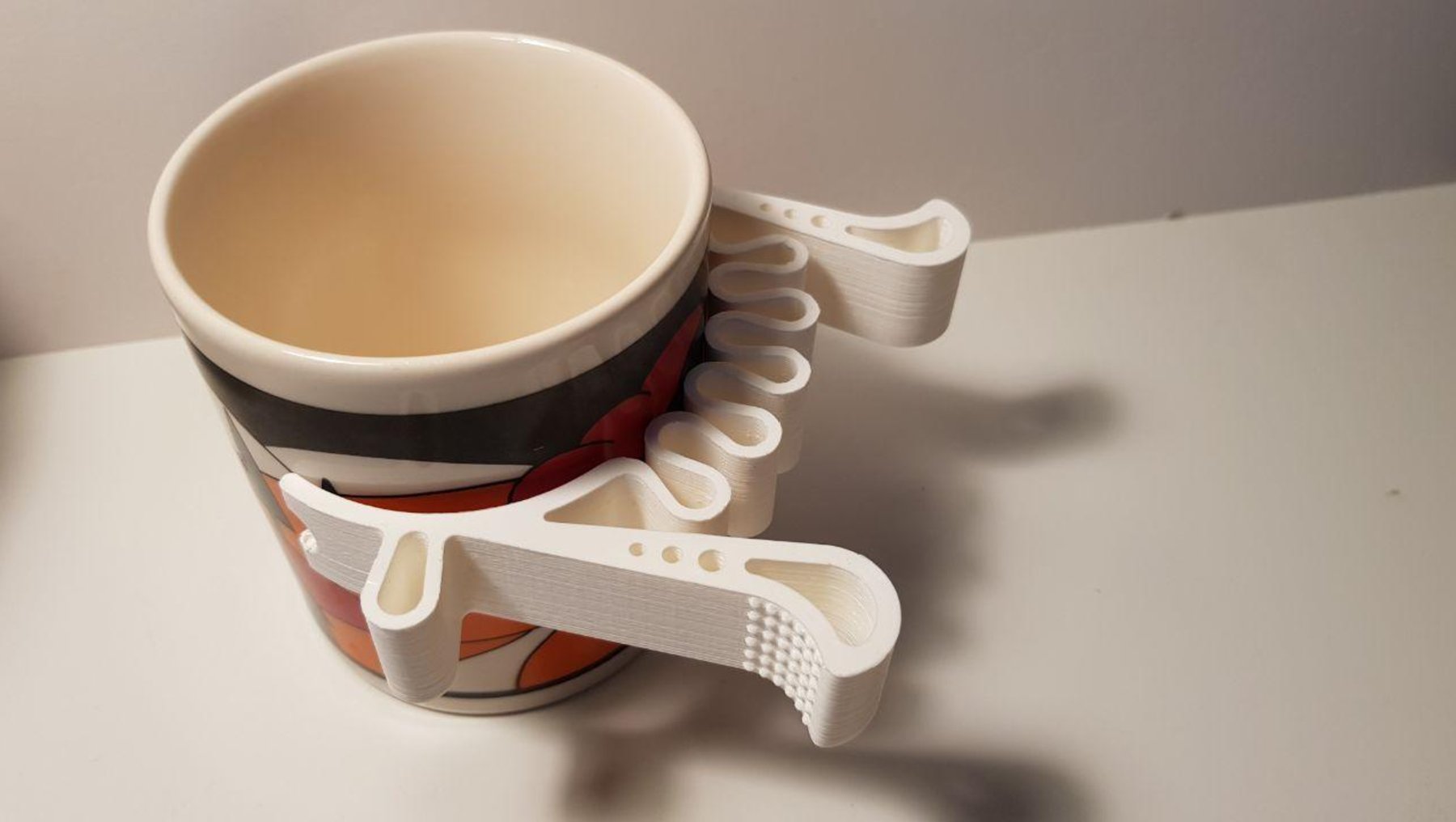
Sang Won Hong - Hold My Beer! – 3D-Printed Cup Holder © Sang_Won_Hong -
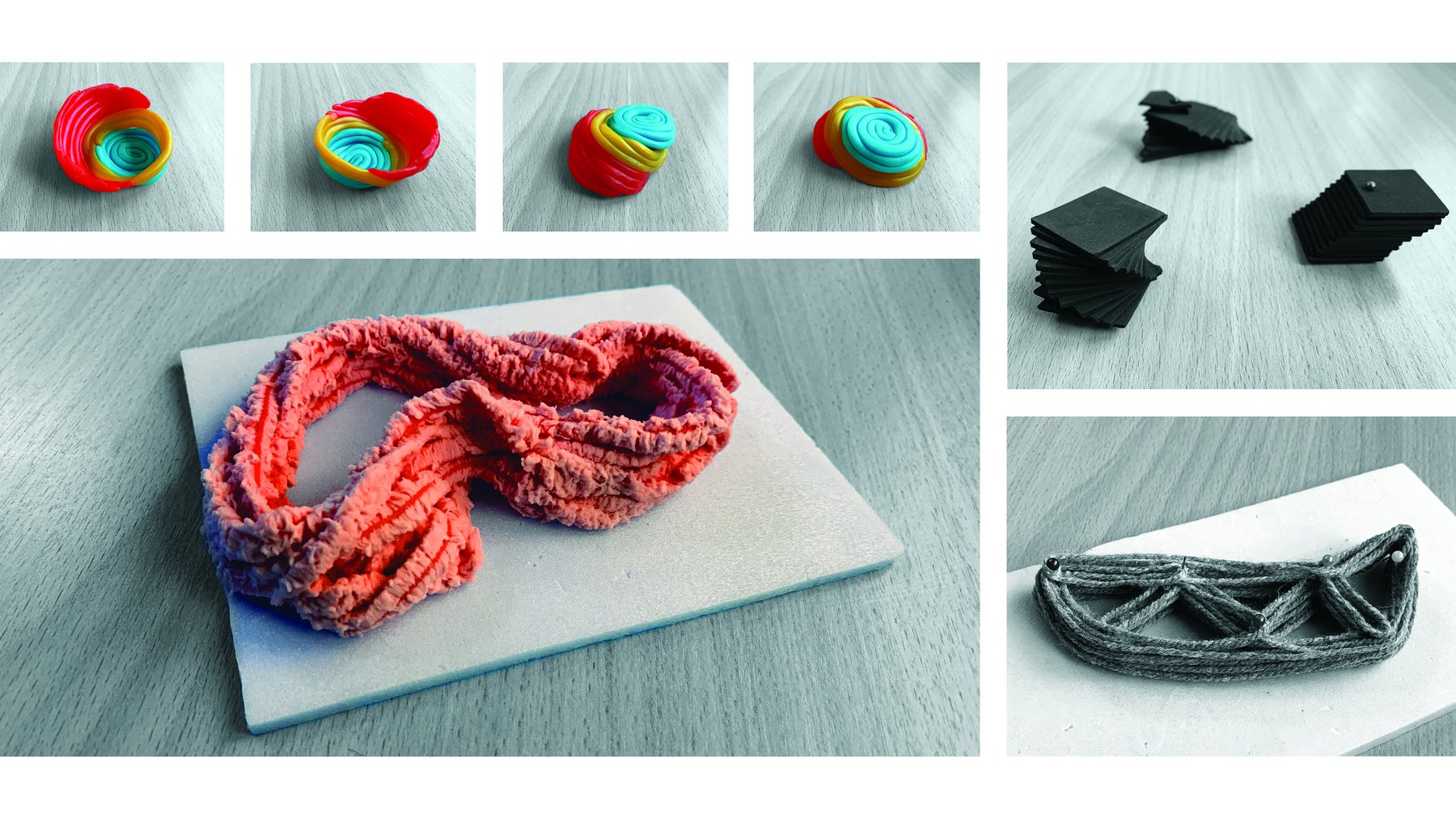
Altyn Ozdemir © Altyn Ozdemir -
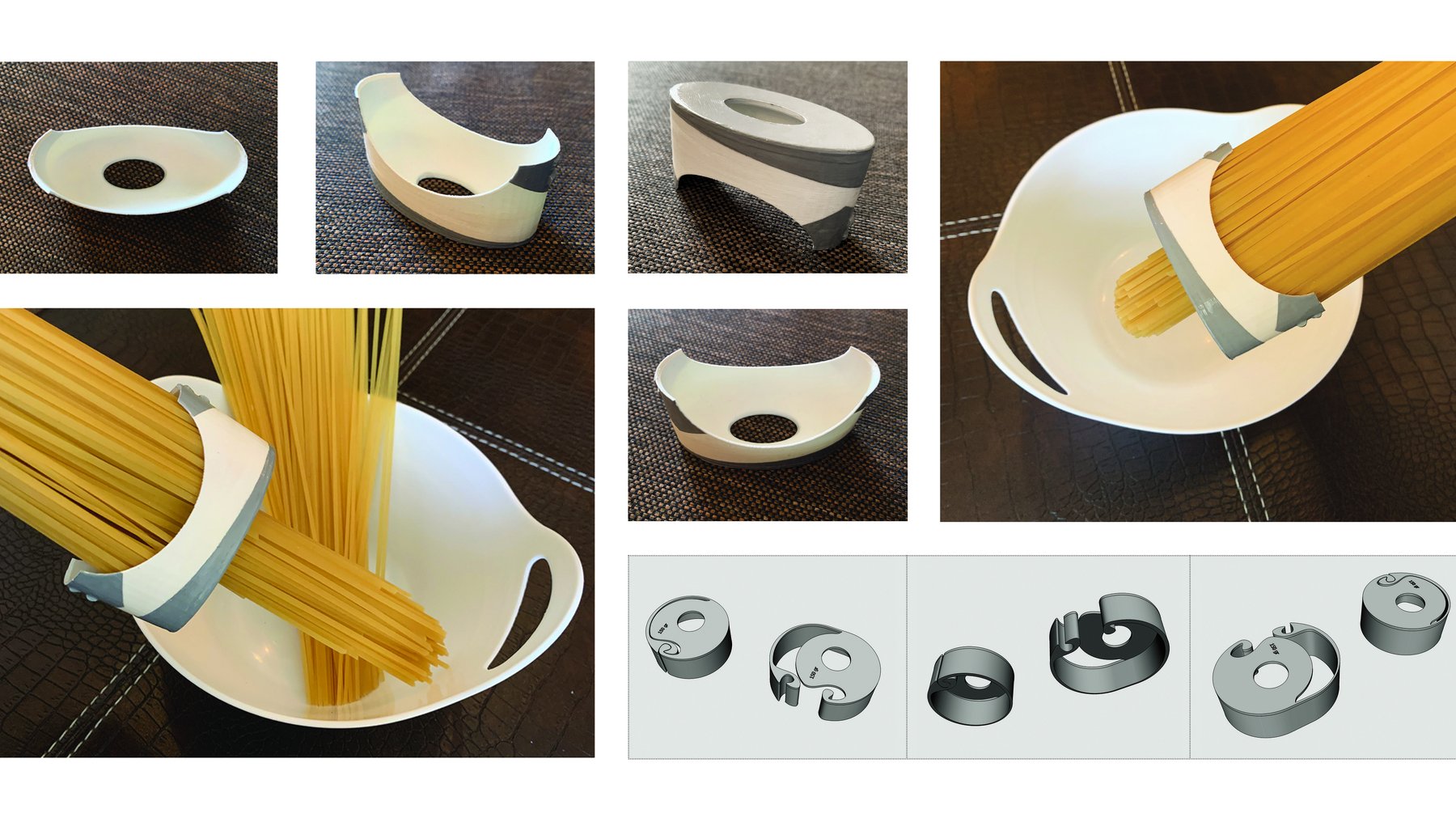
Altyn Ozdemir - Portion Control Cap © Altyn Ozdemir
Workshop 1
experimenting with Knitting yarn, Play dough & Foam board In the first workshop of the elective the main purpose was understanding the operating logic behind the different types of 3d printers by imitating it manually. Here we used two types of knitting yarns wetted with
water, wood glue and sugar mixture in order to achieve a rigid shape when the models are dried. By using these knitting yarns the purpose was to imitate most commonly used FDM/FFF printers’ working principle by moving our hand like a printer nozzle and using knitting yarns instead of plastic filament.
While working with play dough, it was first shaped as a linear strips and then these strips were put one on top of the other to imitate the additive manufacturing technique with filament. While doing this, it was imagined that the object is printed upside down so that it could support itself and no additional support structure is needed during the process. Therefore, at the end of the printing the object was turned down.
Then we worked with foam boards which were used to imitate layering principle in the additive manufacturing. Boards were cut in small pieces and put one on top of the other to achieve certain hight by using thin material similar to the liquid resin used in DLP and SLA printers. This workshop gave us a good opportunity to observe, experience and familiarize with 3d printing technology in interactive way.
Workshop 2
Portion Control Cap
In the second workshop of the course, we designed a product that can be useful in our daily life. My aim was to design a portion control cap for spaghetti and noodles to determine how much grams of the product is being cooked, because as long as I’ve been cooking spaghetti, I’ve been always overestimating the amount I can actually eat. I needed a solution for the portion-control to cook only the right amount of pasta. This cap can be also very useful in food industry where the standardization for the meal portion is needed. The object was printed in FDM printer using 2.85 mm PLA material in 2 hours with 0.06 mm layer thickness.
FDM printers served us as a helpful tool for prototyping our designs and testing them. Nevertheless, the object printed from PLA material can be conveniently used with food, being a bioplastic derived from products like corn, potato and tapioca.
Workshop 3
Clip Lock Mechanism
The task for the third workshop was to improve the object designed in the previous workshop with the addition of the 3d printed mechanism. Here the idea was to add a clip lock mechanism to the portion measure cap so that it provides more comfortable and flexible use. The aim was to use a locking mechanism working together with the object as one body and printed from the same material so that there is no need for additional partition or component to create a locking system.
Altyn Ozdemir
Leader
Steffen Haferkorn